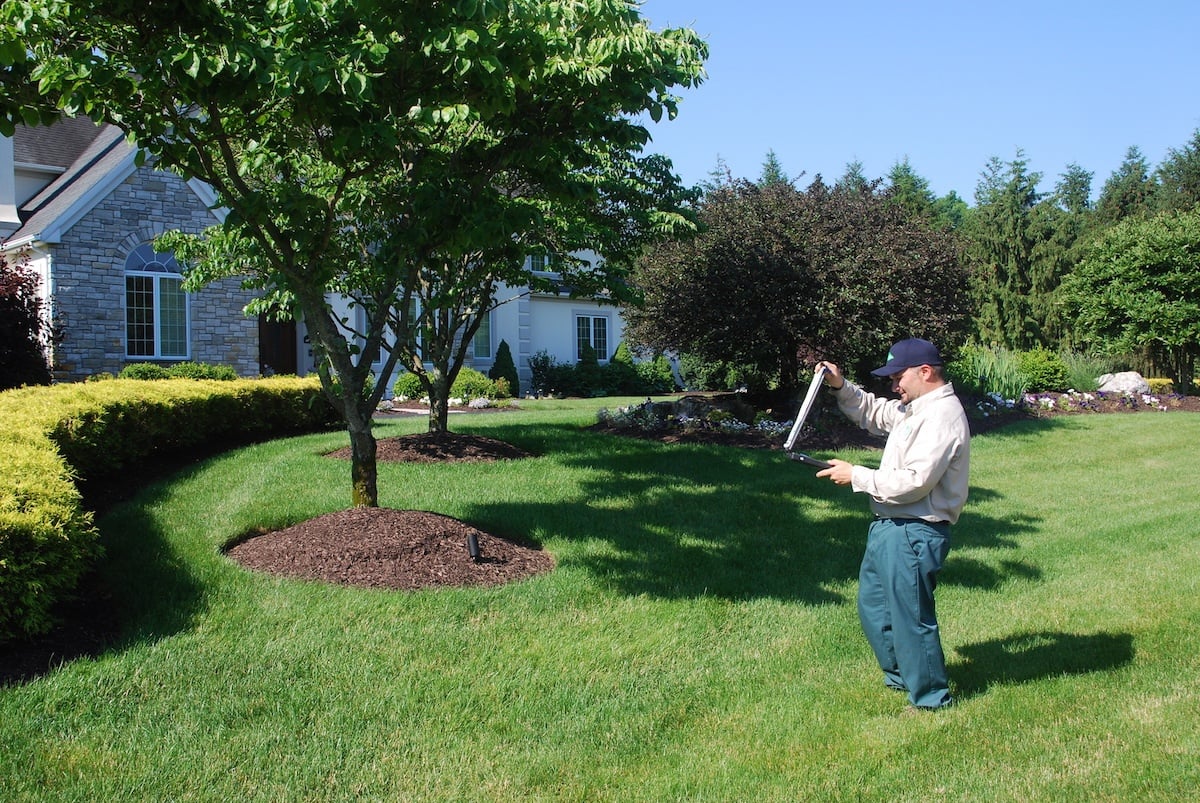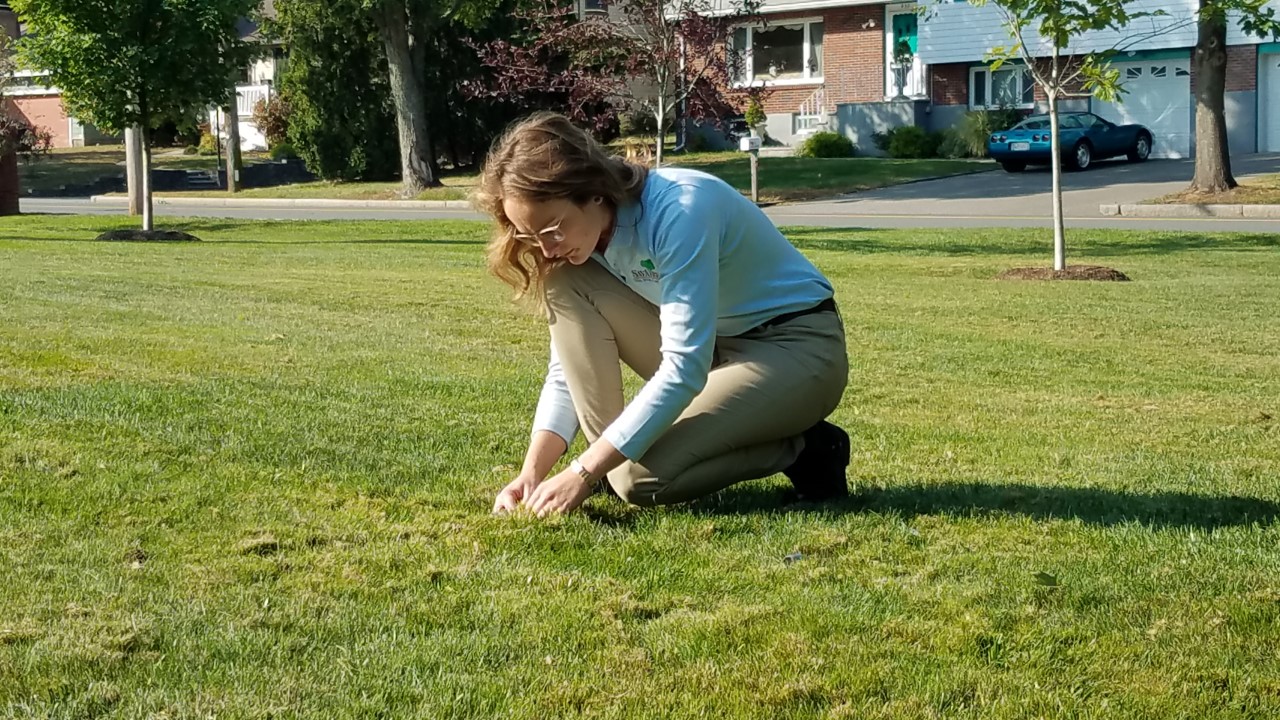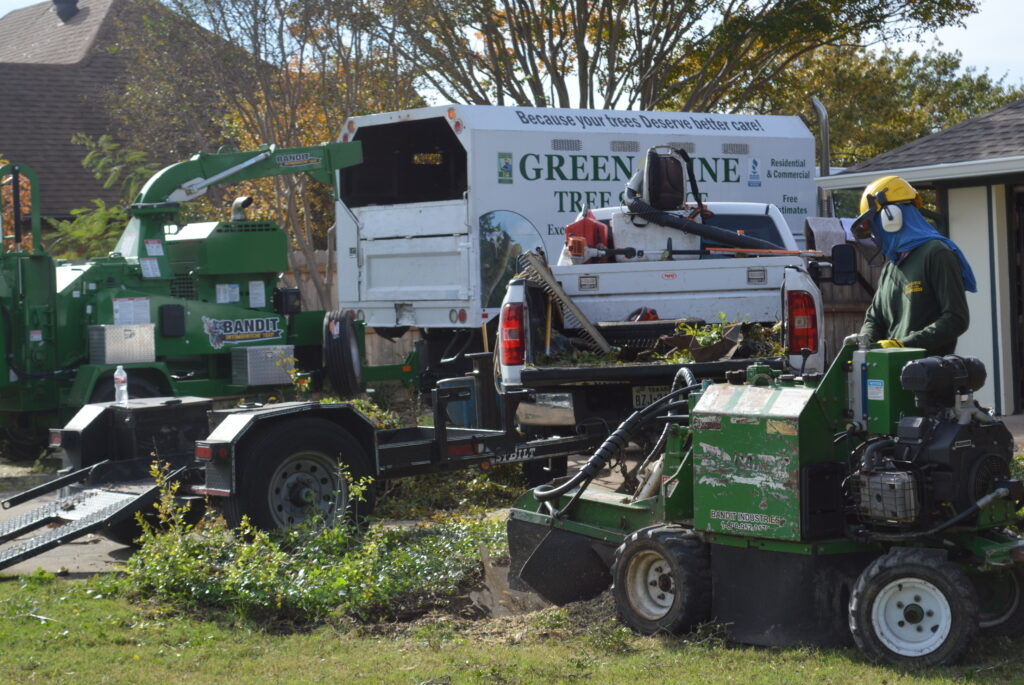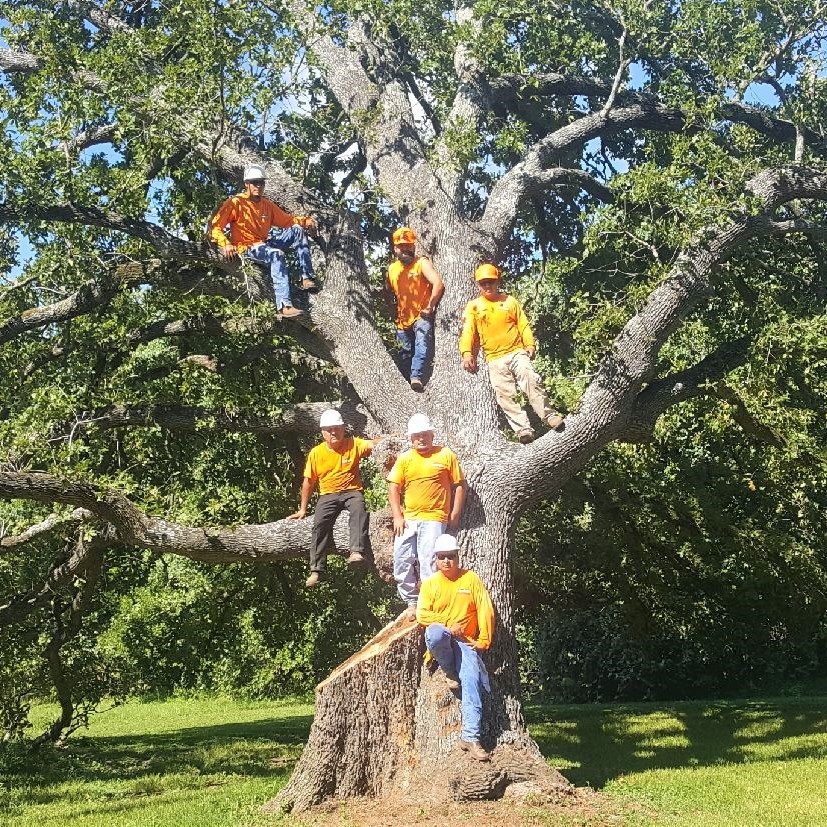Green Tree Lawn Care: The Ultimate Guide to a Thriving, Green Yard
Introduction to Green Tree Lawn Care
Achieving a lush, green lawn isn’t always easy, but with the right approach and knowledge, any homeowner can have the yard of their dreams. This article will walk you through the basics of green tree lawn care, explaining how to make your yard look vibrant while benefiting the environment.
Why Lawn Care Matters for a Green Yard
Taking care of your lawn doesn’t only improve its looks but also enhances the overall health of your landscape. Healthy grass prevents erosion, absorbs rain, and even cools down the area around your home.
Benefits of Green Tree Lawn Care Services
Improved Soil Health
Proper lawn care includes managing nutrients and aerating the soil, which ensures healthier grass with deeper roots. Healthier soil can also hold water better, reducing the need for frequent watering.
Enhanced Curb Appeal
A vibrant, green lawn can boost your property’s curb appeal significantly, making your home feel welcoming and well-kept.
Environmental Benefits
Lawns play a critical role in filtering air and producing oxygen. By maintaining a healthy lawn, you’re contributing to a cleaner environment and enhancing biodiversity by creating a habitat for local insects and wildlife.

Essential Lawn Care Services
Lawn Mowing and Maintenance
Regular mowing is essential to keep grass at an optimal height, which promotes even growth and discourages weeds. Generally, lawns should be cut to around 3 inches, leaving it just long enough to shade the soil and conserve moisture.
Fertilization Techniques
Lawns need the right balance of nitrogen, phosphorus, and potassium to stay green. A good lawn care service will know the appropriate fertilizers and schedules to use, taking into account your lawn’s specific needs.
Weed Control and Prevention
Weeds are the enemy of any well-manicured lawn. With the right strategies—like applying pre-emergent herbicides and regular spot treatments—professional lawn care services can help keep weeds under control without harming the grass.
Soil Testing and pH Management
Importance of Soil Testing
Soil testing is a crucial step in determining what your lawn truly needs. It reveals the current nutrient levels and pH, guiding decisions on fertilization and other treatments.
Adjusting Soil pH Levels
If the pH of your soil is too high or too low, it can interfere with nutrient uptake. A neutral pH level, around 6.5-7.0, is ideal for most lawns. Lime or sulfur can be added to adjust pH levels as needed.
Seasonal Lawn Care Tips
Spring Lawn Care Tips
Spring is the time to aerate the soil, overseed if needed, and start a fertilization schedule to kickstart growth.
Summer Lawn Care Tips
In summer, focus on proper watering, mowing slightly higher, and watching for pests. Ensure the soil stays moist without overwatering.
Fall Lawn Care Tips
Fall is ideal for fertilizing and aerating the soil, which prepares the grass for the winter months. Removing fallen leaves also helps prevent mold and mildew.
Winter Lawn Care Tips
While growth slows in winter, avoiding lawn traffic and removing debris can prevent compaction and diseases.
Irrigation Tips for a Healthy Lawn
Best Times to Water
Early morning is the best time to water your lawn, as this allows moisture to soak in before the sun evaporates it.
Avoiding Overwatering and Water Wastage
Overwatering is a common mistake and can lead to fungal diseases. Deep, infrequent watering is more effective than daily light watering.
Lawn Aeration: Why and How It Helps
Benefits of Aeration
Aerating the soil loosens compacted areas, enabling water, nutrients, and oxygen to penetrate down to the grass roots.
Best Time to Aerate
For cool-season grasses, aerate during early spring or fall, while late spring is the best time for warm-season varieties.
Organic Lawn Care Options
Using Organic Fertilizers
Organic fertilizers enrich the soil naturally, feeding the grass without introducing synthetic chemicals. They break down slowly, promoting consistent growth.
Natural Weed Control Methods
Natural weed control involves mulching and using vinegar-based or corn gluten products that don’t harm the environment.
Pest Control Strategies for Lawns
Identifying Common Lawn Pests
Grubs, chinch bugs, and armyworms are common pests that can damage lawns. Identifying the pest early helps in selecting the right treatment.

Natural Pest Control Techniques
Biological controls, like introducing beneficial nematodes, can help keep harmful pests in check without using chemical pesticides.
Drought-Resistant Lawns: A Sustainable Option
Drought-resistant lawns are becoming popular, especially in areas prone to water restrictions. Planting drought-tolerant grass varieties and reducing the lawn area can also help reduce water consumption.
Common Lawn Care Mistakes to Avoid
Avoid over-fertilizing, mowing too short, and ignoring soil health. These mistakes can harm your lawn’s long-term health, making it more susceptible to pests and disease.
Choosing the Right Green Tree Lawn Care Services
Choosing the ideal lawn care service can truly transform your yard. Look for companies with experience, good reviews, and eco-friendly practices.
DIY Lawn Care vs. Professional Lawn Care
DIY lawn care can save money, but it often lacks the precision and expertise of a professional service. Hiring a professional means more consistent results and expert advice on tackling specific lawn challenges.
Conclusion
Maintaining your lawn can be simple and manageable. With the right knowledge, seasonal approach, and possibly some help from a professional service, you can create a green oasis right outside your door. A beautiful, thriving lawn is within reach and can add a world of charm and environmental benefit to your property.


